Paper is a fragile material – easily bent, easily torn and easily destroyed. Made from the cheapest available materials, comic books were never intended to survive the ravages of time and so many of the books we now treasure are often found in less than perfect condition.
Yet, condition wasn’t always as important as it is now. Many collectors from the 1960’s and 1970’s will tell you how they simply wanted to own a copy of a book – no matter what condition, to fill in their run. Industrious amateurs, in order to create a more favourable aesthetically pleasing book, might then have taken it upon themselves to recreate missing paper or artwork through any means possible and as time progressed and restoration came to comic books, the repair and replacement of missing pieces became more refined – to the point, now, where the repair can sometimes be extremely difficult to notice:
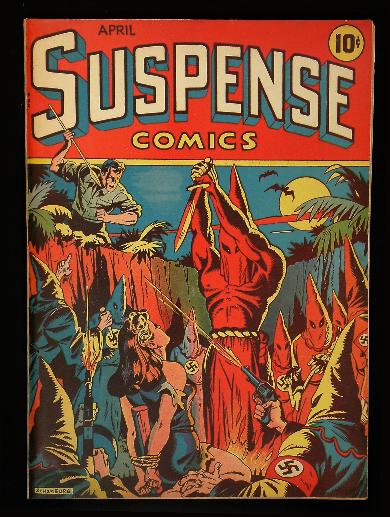
But there are a few things a collector can look for when trying to detect if any pieces have been replaced.
Traditional infills involve the application of a repair paper onto the torn edges of the original. This technique creates a “join line” between the new and old paper and (quite often) a sort of “ridge” at the join line due to differences in paper thickness.
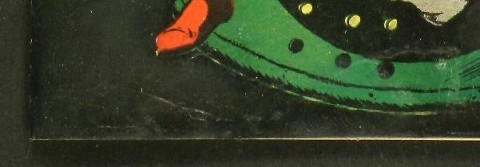
However, some restorers take this into account and actually shave off thin layers of the original paper along the edge to be joined, so that when the new paper is added it appears to be of the same thickness. Also, once added, the new infill might then be sanded down to eliminate the disfiguring ridge that was created. Once color-touch is applied, the repaired area would no longer be as detectable.
This leads us to the use of transmitted light. By shining a light through the cover or interiors of the book any areas that have been repaired (even color-touched) are quickly revealed and appear darker, due to the extra thickness of the paper in that area.
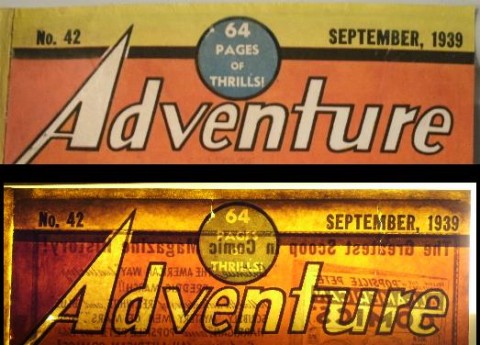
Lastly, you can detect if pieces were replaced by looking at the opposite side of the areas in question, especially on the cover. One of the most difficult areas to recreate on any cover is the text on the inside front and back covers. The mechanical crispness of printing plates is practically impossible to recreate by hand and so some restorers just leave the area blank.
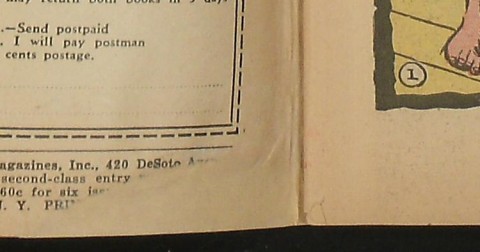
Some attempts have been made at using digital reproduction to recreate missing areas (such as photocopies) but these types of reprinted mechanical copies are difficult to align exactly.
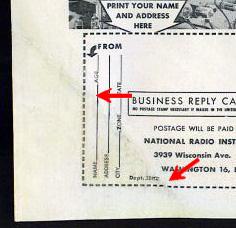
More next time.

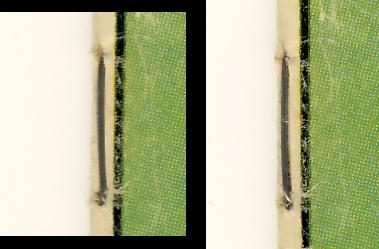
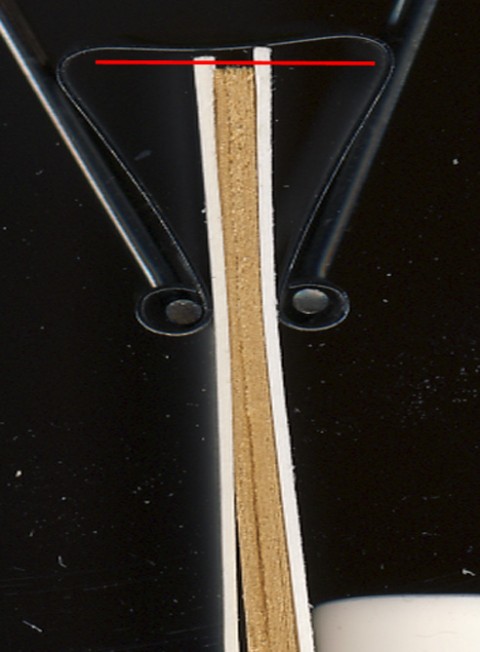
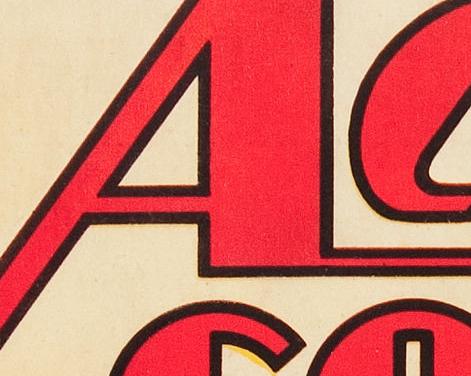
thanks , Tracy , keep these essays coming !
Love your articles…
Would it be possible to write about the different categories of’ partial’ tanning on comics (i.e., how much value would a book lose if it’s slightly brittle, tanning , tanning to off white on certain parts of a comic but not the whole book or entire page).
Thanks
Angelo 🙂
Angelo, that would be outside of restoration and more the domain of the grading companies (as condition determines value). My expertise would be on how much integrity a book’s pages have left as it progresses from white to brittle.
Angelo to answer your question requires a series of books. But after 50 years experience as a player, value depends on which comic we’re speaking of and many many other factors which only experience and passion will rule the day!
5